We don't have a lot of family traditions, so when we head to the mountains around Thanksgiving to pluck a couple of Christmas trees from the Cascade Mountains' wooded wilds, we try to make it a little bit of an adventure. Usually, the search consists of driving roads near 3,000 feet in elevation or below, depending on snow levels, trying to find something close to the perfect tree.Typically,after looking for several hours, it begins to get dark and we're then forced to quickly chose trees resembling the 50 or so we had looked over the three hours before.
Part of the problem is that we don't need just one tree, or two, but three. If it were up to me, I'd find something with a few branches, throw it in a stand and call it good. One of the best Christmas trees I ever had was when I was in my early 20s and living with a buddy. We found a tree in the woods, made decorations out of beer cans and used a bat I had caught and froze as the tree topper. Of course, that bat wouldn't have been much of a tree top ornament had we not used some wire to spread spread its wings as if it were flying. It was a sight to behold!
The first thing you need to do is get a permit for each tree you plan on cutting down. They are $5 each and can be found at a limited number of stores and national forest ranger stations. The limit is five permits per household.
Over the years we've learned some tips on finding a decent tree in the woods. For instance, the higher in elevation you can get in the mountains, the better chance there is of finding a decent tree. There is, of course, an elevation where trees do get scrubby, but just below that elevation one can find some shapely fir, spruce or cedar. Because the best trees are found at higher elevations, we often find ourselves trudging through snow to locate the trees.
Because trees in the woods aren't groomed by way of shearing, they won't be as full as those found on Christmas tree lots. Their branches won't usually be as strong as those found on a lot, either. So, when you find one in the woods you like, make sure the branches and tree tip will hold all the decorations you plan on loading it with, so it doesn't sag like a wet noodle.
We tend to like Noble firs. They don't have a a lot of branches, but the branches they do have tend to grow uniformly, straight out from the trunk every foot or so. This leaves some gaps between branches that work well for dangling ornaments or those ornate strings of beads that can droop.
A fuller tree that has a good shape is the
Grand fir. Although the branches on these are more prolific, they are usually weaker, so if you have heavy ornaments that hang from branches, this may not be the tree for you.
Some
spruce trees can be found out in the woods, but they can be a bit prickly. Douglas firs are also available, but when cut from a forest, they seem the least suited for a Christmas tree.
One of the great advantages of the Noble and Grand firs are their smell. Freshly cut from the forest, they put out a great fragrance when placed in your house.
We usually cut our tree on the east side of Mt. Hood. Some of the rules within the Hood River and Barlow Ranger districts, which are located on the east side, include:
*Only trees 12' in height or less many be cut. A permit for taller trees may be obtained at an additional cost.
*Cutting the tops of trees is prohibited. Stumps must be less than six inches off the ground and all branches must be removed from the stump.
*Another tree, free to grow, must be within 8' of the tree you cut.
*Trees may not be cut in wilderness areas, within 100' of a trail, 200' of campgrounds, recreation sites or within 300' of a stream or lake.
Make sure you are cutting your trees in an area that allows it. Except for a few designated areas, the Hood River and Barlow Ranger districts are open.
A list of these and a few other requirements are issued when you purchase your permits.
Most importantly! Make sure you take necessary precautions and supplies, like appropriate clothing, food and water. You are in the mountains during a time when weather can be volatile. Take a map if you are unfamiliar with the area. Do not trust your GPS for finding forest service roads. These same roads are not plowed and can accumulate several inches of snow in a short period. For this reason, it is wise to carry chains, a shovel and a flashlight.




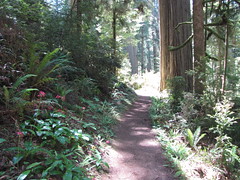




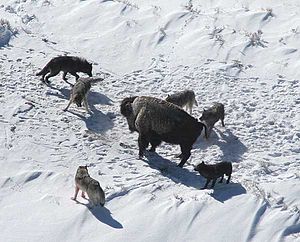
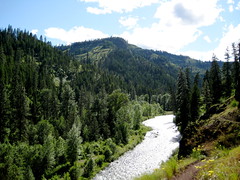




.jpg)
.jpg)
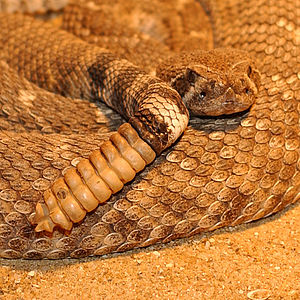



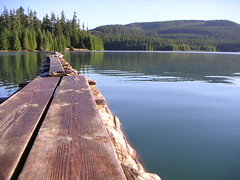









.jpg)
.jpg)
